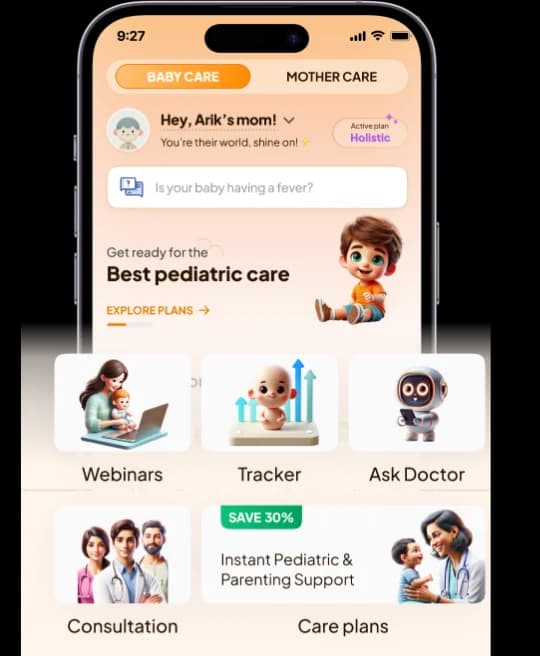
Breastfeeding is a wonderful adventure that offers many learning opportunities, while some mothers and babies may encounter some difficulties during the first few months. It takes time and practice for it to feel instinctive for both of you. Tackling breastfeeding challenges now means you've got a better chance of establishing a good milk supply and continuing breastfeeding for longer. Here are some of the tips on how to overcome the most common breastfeeding difficulties mums experience from the end of the first week to the end of the second month.

Painful lump in breast
There are various reasons for lumps and bumps in a lactating breast. One of the most common is a blocked duct, clogged by milk, causing a hard lump that may be sore and tender. Below are some of the possible solutions:
- Massage the affected area, especially when feeding or expressing, to help release the blockage.
- To reduce the discomfort, try taking a warm bath or shower before feeding, or gently rub a warm flannel against your breast.
- To reduce the chance of milk accumulation, which might result in mastitis, continue breastfeeding as usual.
- Try pumping from the affected breast after feeds to ensure good milk drainage and to help remove the blockage, allowing the duct to work again.
- See your healthcare professional/ Pediatrician if you notice signs of infection (a red, painful breast, or flu-like symptoms such as a high temperature, aches and pains, or headache), or you think the lump isn’t related to breastfeeding.
Breasts are red and having a painful sensation
If one or both of your breasts are red and painful, and it isn’t a blocked duct, it’s likely you have mastitis. This is a condition where the breast tissue becomes inflamed. Signs include a red and hot area, tenderness, flu-like symptoms—being hot and cold with aching joints—and a temperature of more than 38.5 °C. If you’re experiencing these symptoms, seek medical advice right away.
The causes of mastitis can be:






